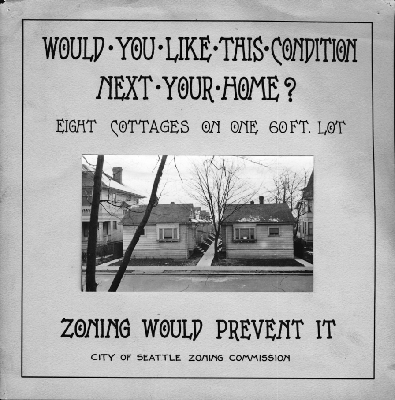Physical Address
304 North Cardinal St.
Dorchester Center, MA 02124
Physical Address
304 North Cardinal St.
Dorchester Center, MA 02124


1. This week at Market Urbansim:
The Invisible City by Sandy Ikeda
It is this: A city—especially a great one—cannot really be seen. Paradoxically, the closest we can come to actually seeing one is through the imagination. Otherwise, it’s invisible. Moreover, if you can fully comprehend a place, then it’s not a city.
2. Where’s Scott?
Scott Beyer spent his third week in San Diego. His Forbes article this week asks What Is The Best City In Texas?
Not only is Houston Texas’ best city; it is among a handful of emerging ones in the U.S.—including Los Angeles, San Diego, Miami, Denver, Atlanta and Seattle—that will become the dense infill cities of tomorrow.
3. At the Market Urbanism Facebook Group:
Emily Hamilton was interviewed on the Economics Detective podcast with Garrett Malcolm Petersen
Brendon Harre wrote: Reciprocal intensification property rights
Michael Hamilton wrote “another post about Obama‘s toolkit”: Who better to determine local needs than property owners and concerned citizens themselves?
Roger Valdez wrote: Massachusetts Tries A New Solution For Chronic Homelessness
Anders Mikkelsen shared a 1922 Seattle Zoning Commission post, arguing for zoning to keep out poor
via Tom W Bell: The Tallinn experiment: what happens when a city makes public transport free?
via David N Welton: The Neighbors Dilemma
via Nolan Gray: Report: One Person Called In 84 Percent Of Dulles Noise Complaints
via John Morris: Pentagon Video Warns of “Unavoidable” Dystopian Future for World’s Biggest Cities
via David Iach: A Vision for a Chicago Unified by Rivers
via Anthony Ling: As Land-Use Rules Rise, Economic Mobility Slows, Research Says
4. Elsewhere:
Hey, Leonardo DiCaprio: true climate champions don’t fight against urban density David Roberts, Vox
Wapo: There is no such thing as a city that has run out of room
City Journal reviews a new biography about Jane Jacobs
Reason Magazine on the initiative of private citizens to step in for Detroit’s public service failures
5. Stephen Smith‘s tweet of the week:
Shaming works! Leonardo DiCaprio’s rep says he never signed on to support LA’s NIMBY ballot initiative: https://t.co/KWZyL5XdTJ
— Market Urbanism (@MarketUrbanism) October 20, 2016